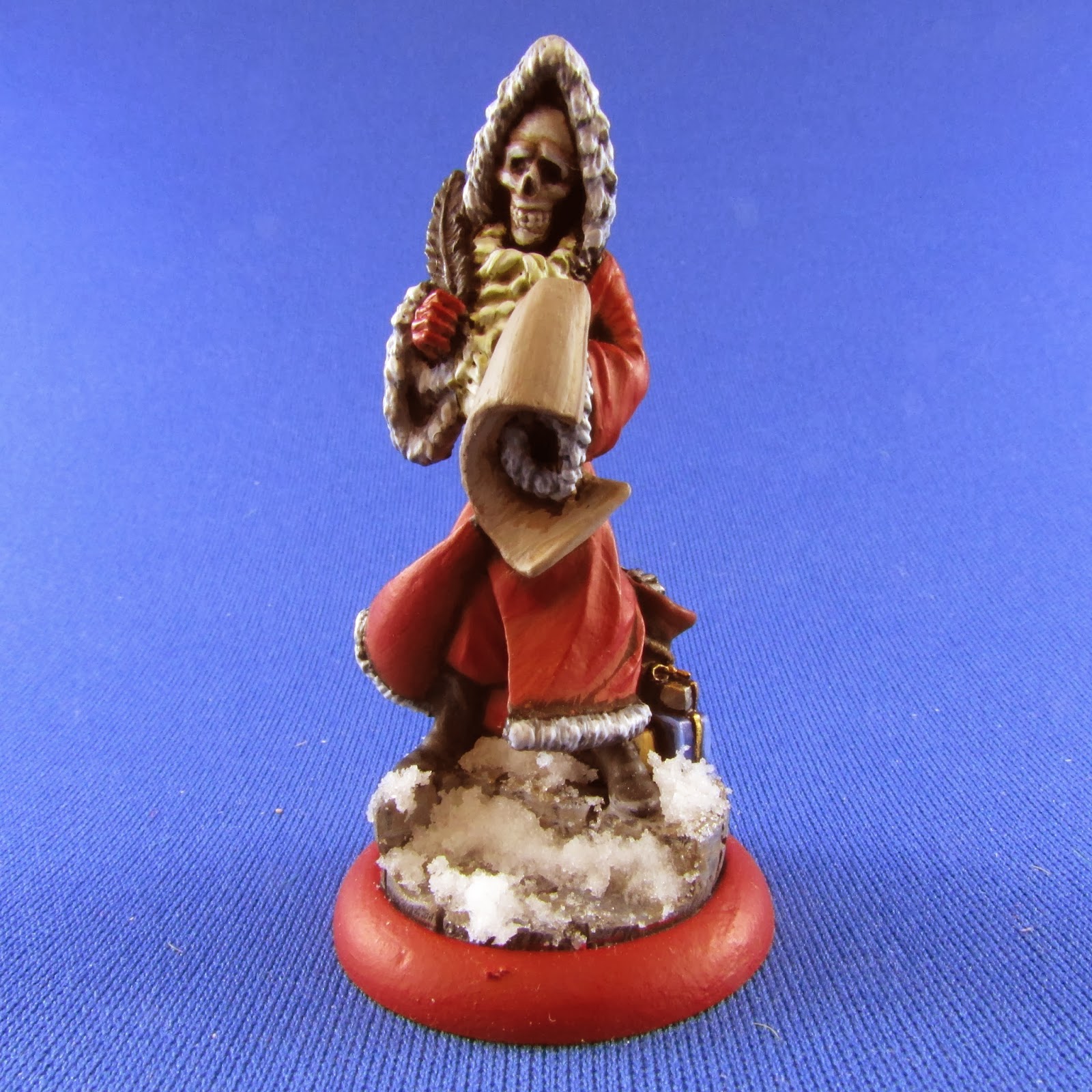 I recently finished up my first aircraft for my Flames of War Canadians. It is the Hawker Typhoon mk 1B.
I recently finished up my first aircraft for my Flames of War Canadians. It is the Hawker Typhoon mk 1B.  Modeling:
Modeling: A friend of mine found a company called Revell which makes plastic 1:144 scale WW2 planes. What is nice about the planes is the price point of $5. The models go together fairly well. Simple to build but they do tend to have a few gaps around the edges of the wings.
 When I primed the model I was using an old can of War Paint primer. The can had been sitting for a while and I think it had a small leak near the seam. I used it anyway and at first look it appeared fine. When I came back 30 minutes later the paint had turned gummy. I scraped most of it off and filed down the rest (for 5 bucks I did not want to put in the effort of stripping the primer). I gave it a base coat of GW chaos black spray. In the end the details are a bit rough and there are some odd textures but I think they actually work with the plane's camouflage. Lesson learned: always test the primer and wait a bit to see what happens.
When I primed the model I was using an old can of War Paint primer. The can had been sitting for a while and I think it had a small leak near the seam. I used it anyway and at first look it appeared fine. When I came back 30 minutes later the paint had turned gummy. I scraped most of it off and filed down the rest (for 5 bucks I did not want to put in the effort of stripping the primer). I gave it a base coat of GW chaos black spray. In the end the details are a bit rough and there are some odd textures but I think they actually work with the plane's camouflage. Lesson learned: always test the primer and wait a bit to see what happens. For the camouflage I used the same technique that I used on my German armour, but with different colours. The decals in the box were really nice and made the model pop.
For the camouflage I used the same technique that I used on my German armour, but with different colours. The decals in the box were really nice and made the model pop. History:
The Typhoon was originally designed to be a interceptor/bomber to replace the Hawker Hurricane in 1941. However the Typhoon had some design flaws that made it underperform in that role. Instead it maneuvered really well in lower altitudes. This made it perfect to work as a fighter/bomber.

 The Typhoon was able to reach speeds of 405mph at 18 000 feet. This new plane to the Royal Air Force (RAF) was one of the few planes that was able to intercept the
The Typhoon was able to reach speeds of 405mph at 18 000 feet. This new plane to the Royal Air Force (RAF) was one of the few planes that was able to intercept theGerman Luftwaffe's Focke-Wulf Fw 190 aircraft in low altitudes.
By 1943 the allies needed a plane that was able to attack land targets more than other aircraft. In addition to four 20mm cannons the Typhoon was equipped with two (500lb or 1000lb) bombs or eight rockets. The Typhoon was able deliver an attack equivalent to a Royal Navy Cruiser's broadside.
Kevin






























